Creative Ways to Use Recycled Materials in Interior Design
Why Recycled Design Matters

Reducing Footprint with Style
Reusing materials saves energy otherwise spent on manufacturing and transport, while preserving embodied carbon in wood and metals. Thoughtful design proves sustainability can be elegant, durable, and deeply personal.

Budget-Savvy Beauty
Recycled finds stretch budgets without sacrificing quality, especially when you prioritize solid construction over brand names. Money saved on materials can fund craftsmanship, better lighting, or art that ties your rooms together beautifully.
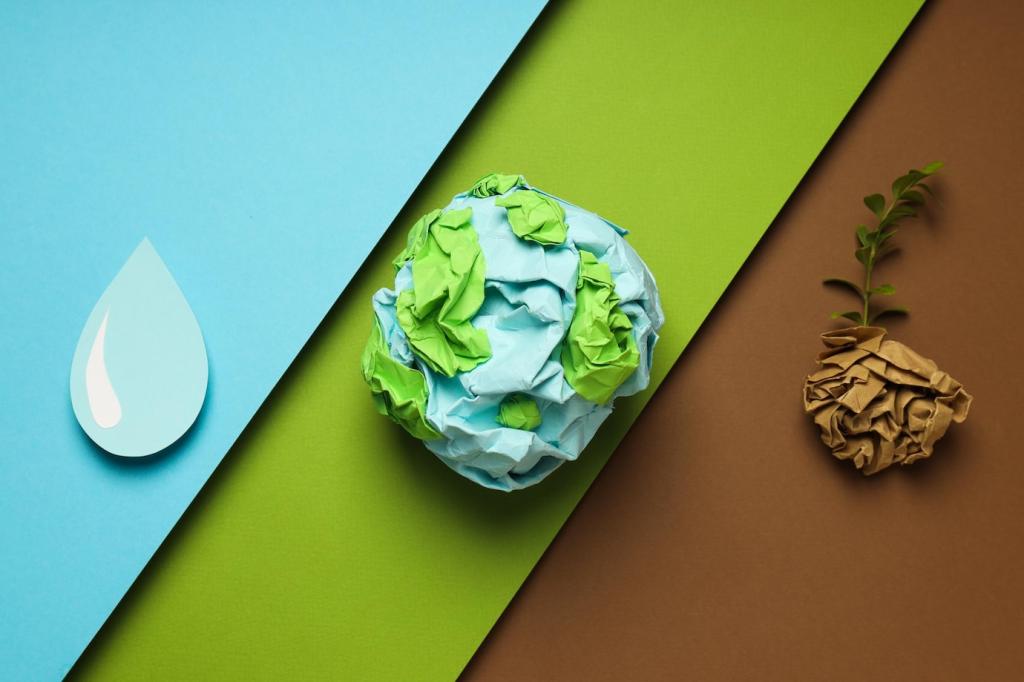
Join the Conversation
Tell us which recycled material excites you most and why. Post a comment, ask questions, and subscribe for weekly home tours, material guides, and exclusive DIY tutorials tailored to your interests.
Sourcing Recycled Treasures
Urban Salvage and Reuse Centers
Visit architectural salvage shops for doors, flooring, mantels, and hardware with patina. Bring measurements, gloves, and a magnet for nails. Staff often know material histories, helping you match era, wood species, and scale.
Digital Marketplaces and Freecycles
Set alerts for curbside giveaways, demolished kitchens, or moving sales. Ask for close-up photos and dimensions, and confirm smoke-free storage. Quick, polite responses build trust and often secure better pickup windows and prices.
Community Swaps and Stories
Host a neighborhood exchange for tiles, sample paint, or leftover trim. We once traded reclaimed bricks for a vintage ladder, then built shelving together. Share your swap ideas below and invite friends to join.
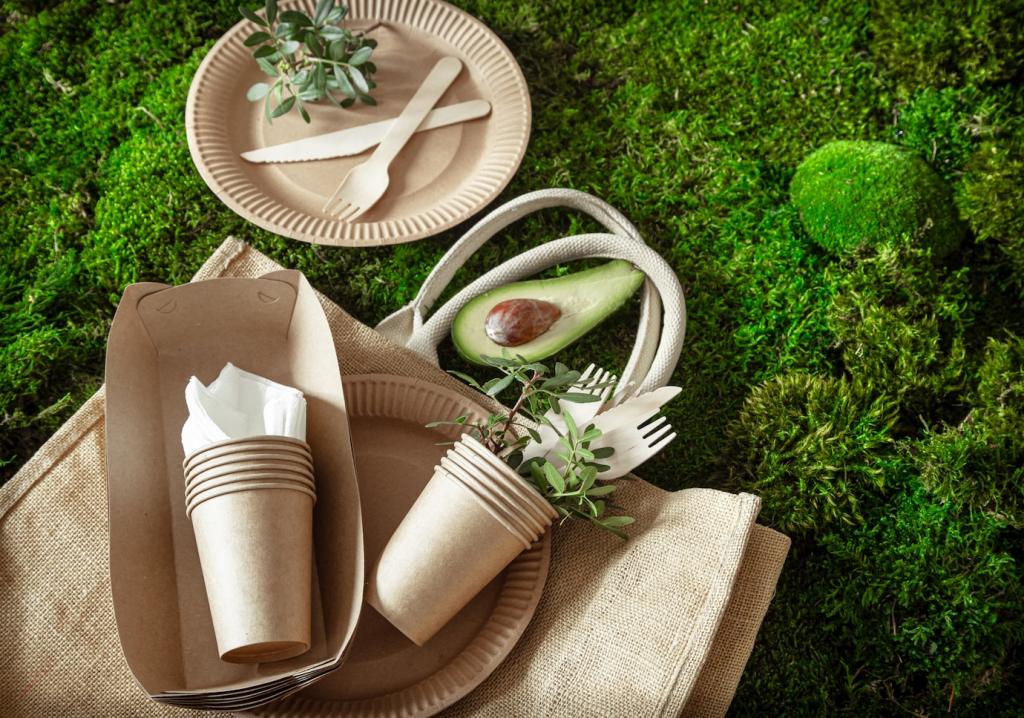
Pallet Coffee Table with Character
Select heat-stamped pallets marked HT, not chemically treated. De-nail carefully, sand progressively, and seal with plant-based oil. Add locking casters for versatility. Share a photo of your version; we love featuring reader builds.
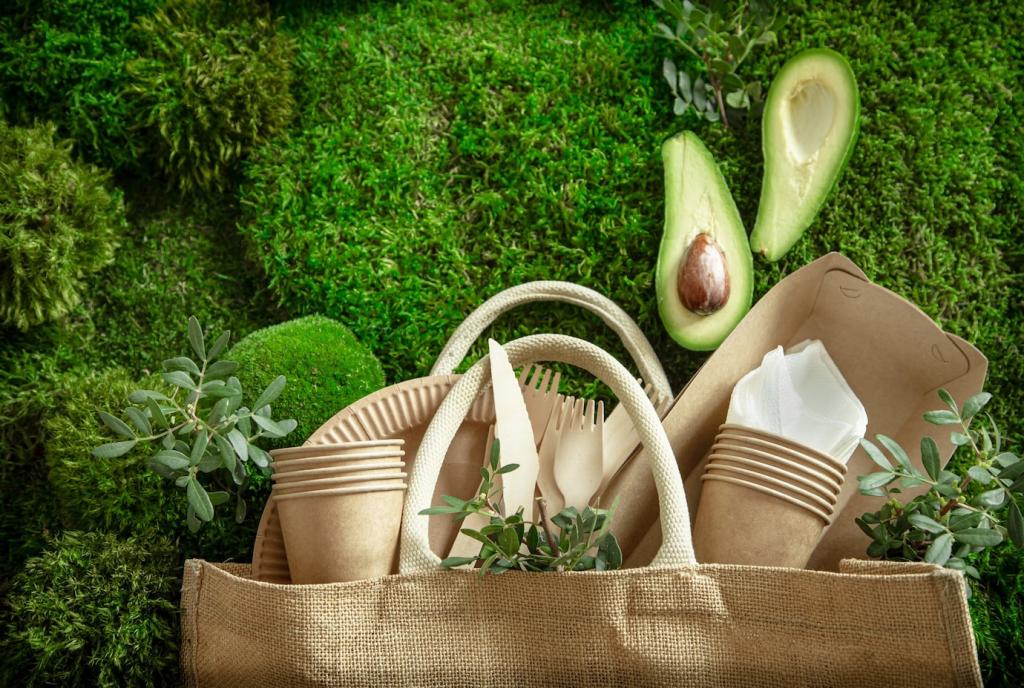
Bottle-Glass Pendant Cluster
Score and separate bottles with a simple cutter and cold-water shock, then sand edges patiently. Use LED bulbs to reduce heat. Always consult an electrician for wiring safety, and show us your luminous cluster.
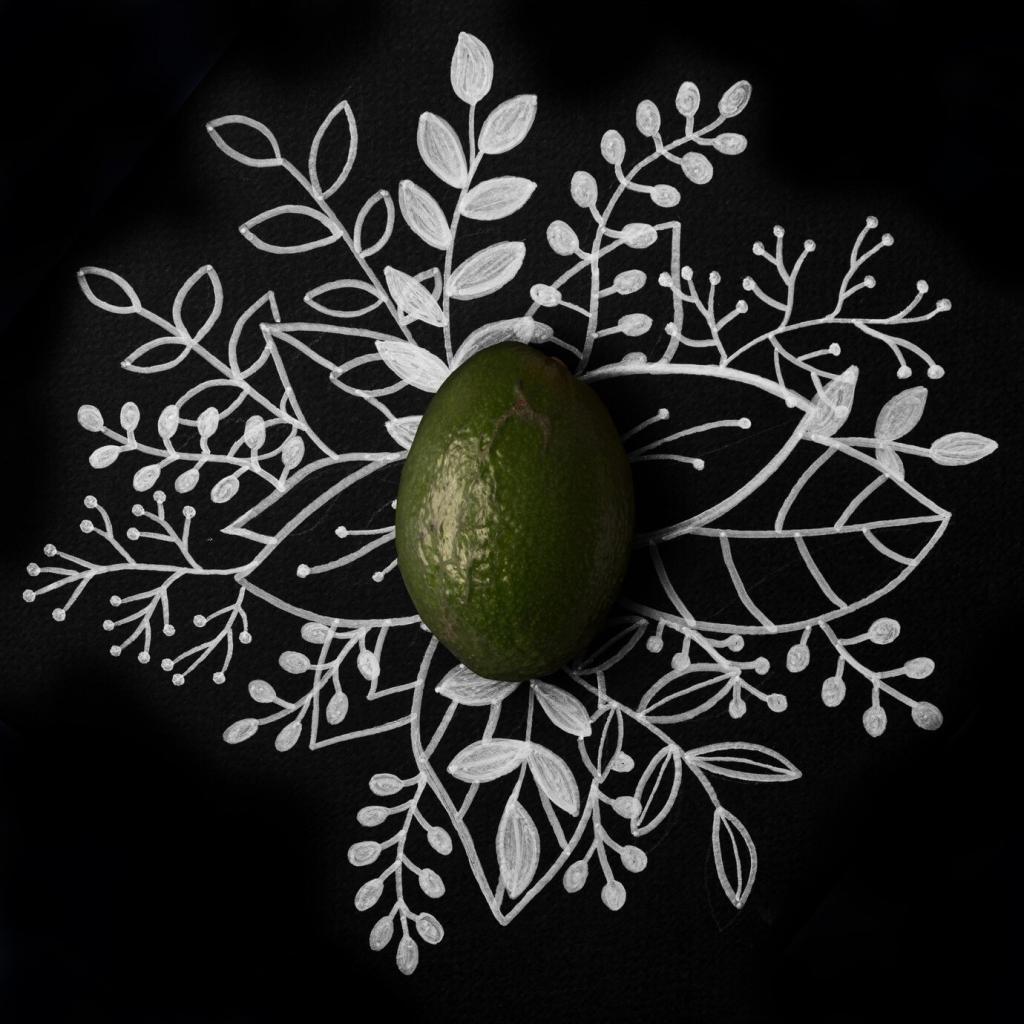
T-Shirt to Cushion Covers
Turn beloved shirts into envelope covers by aligning graphics thoughtfully. Reinforce seams, add zippers from salvaged garments, and steam press. Post your color combinations in the comments, inspiring others to celebrate memories while reducing textile waste.
Design Techniques for a Cohesive Look
Mixing Textures, Balancing Lines
Contrast rough beams with smooth plaster, and offset chunky industrial pieces with slender legs. Repeat materials in three places, varying scale. Tell us which combinations feel harmonious in your rooms, and we will feature favorites.
Finishes, Sealing, and Safety
Test painted salvage for lead, and encapsulate where needed. Choose low-VOC sealers to protect porous surfaces without masking age. Share products you trust so others benefit, and always follow manufacturer guidance for durable results.
Color Stories that Honor Material Origins
Take cues from sun-faded labels, rusted hardware, and weathered timber tones. Build palettes that echo history, then anchor with neutrals. Post swatches you are testing, and we will suggest accents that elevate balance.
Real-World Makeover: A Studio Reinvented
Maya’s 36-square-meter studio once felt chaotic. Reclaimed gym flooring became herringbone, while a factory window turned partition defined sleeping and living zones. Friends helped, trading skills; every piece now tells a chapter of her life.

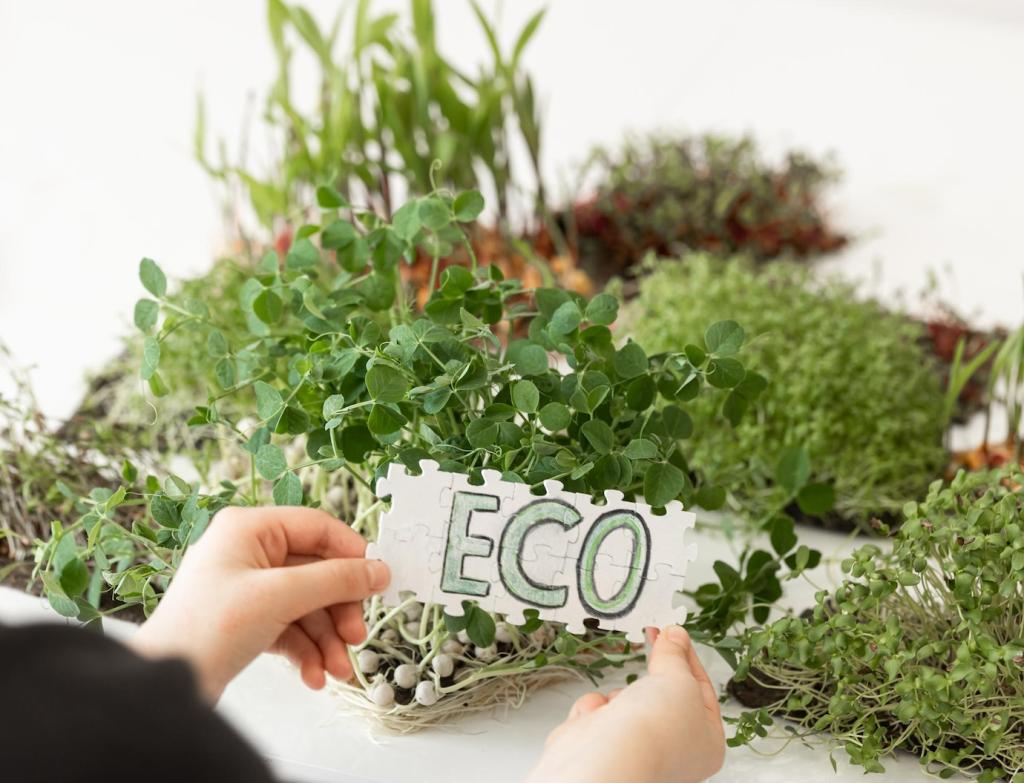
Real-World Makeover: A Studio Reinvented
Total materials cost stayed under a modest monthly rent, thanks to donations and salvage. The project took four weekends. Biggest insight: patient sourcing beats impulse buying, and sanding reveals character you cannot manufacture quickly.
